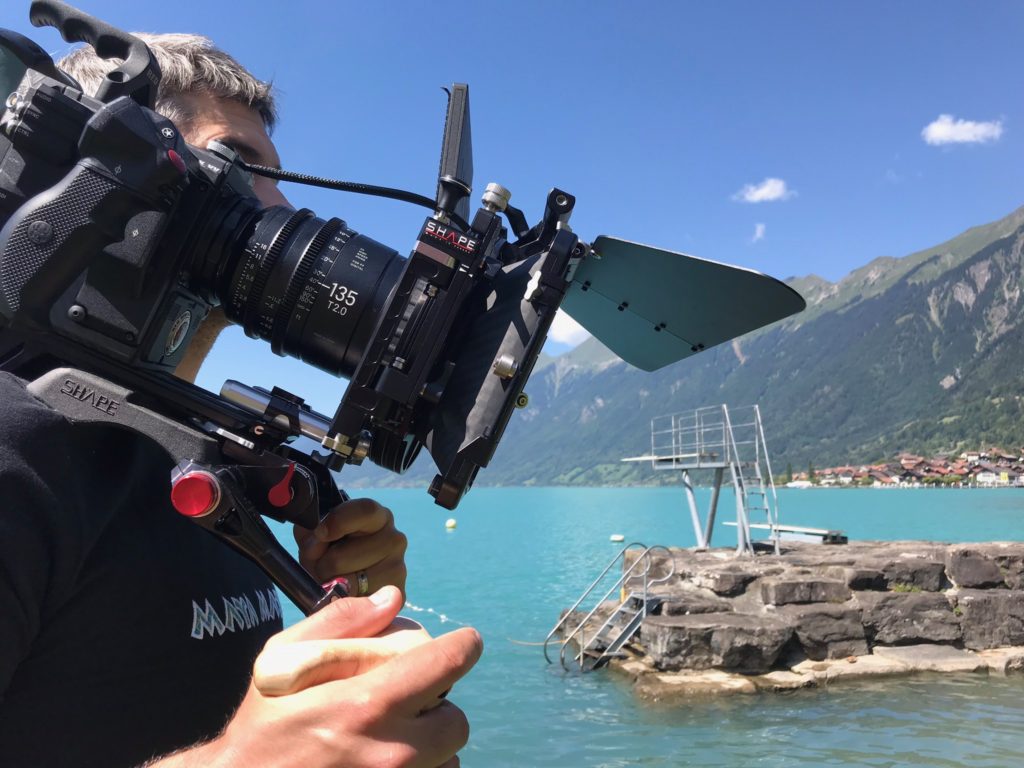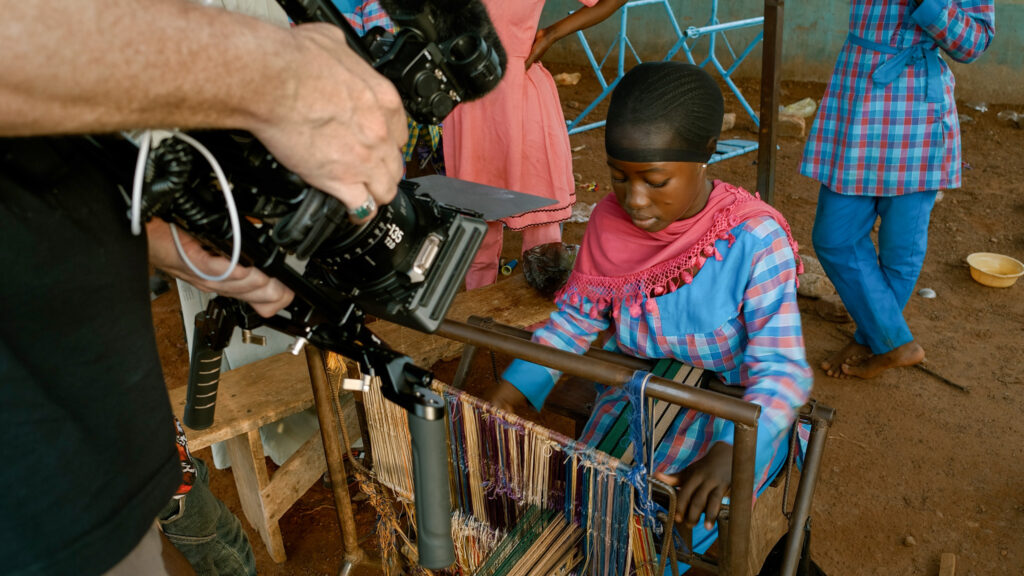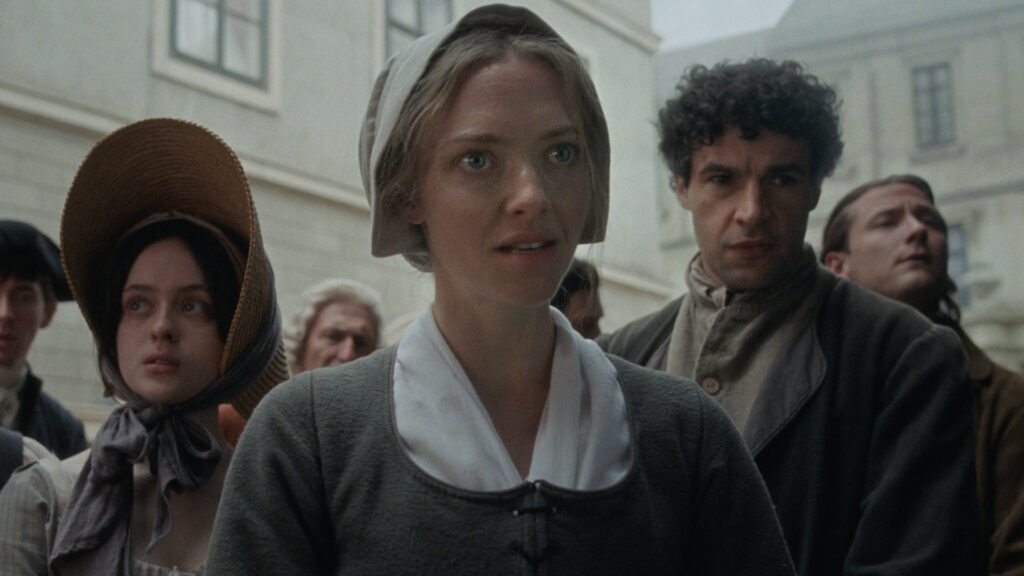Producer and DP, Graham Sheldon, discusses his early resistance to shooting a doc series on prime lenses due to fear of a rough terrain and a tight schedule, but how inevitably the elevation in image quality from the SIGMA primes was well worth the shift from depending on zooms alone.
I used to buy into the idea that when shooting run & gun, primes are too prohibitive. I’d save them for situations or scenes I knew I could control, like interviews or character meetups. Like many others, I thought the heft of a cinema prime made swapping lenses mid-scene time consuming and obnoxious, but the truth is… we buy into many of these ideas because they’re told to us over and over again as we’re coming up in our careers. Often enough, tried and true standards are only really standards because we get comfortable with what is sufficient. I’ve found that a little extra effort and small pushes past my comfort zone can up my game. Most importantly, the payoff in the image is almost always worth it. This was definitely the case in a recent documentary series my company produced, for which we decided to exclusively shoot with the Sigma Cine Primes.
My production company recently created a six episode slice of life documentary series shot all over Switzerland. Occasionally this took us to the middle of the alps at elevations as high as 11,000ft. Sometimes we were in extreme heat; sometimes we were in the snow.
Our crew was never larger than eight people. We shot with 2-cameras: a Monstro 8K VV and a Helium 8K Super 35. The DJI Ronin 2 was usually attached to one of them. My producing partner, Rin Ehlers Sheldon–who I also happen to proudly call my wife, operated the gimbal setup. I operated handheld, on sticks, and piloted drones when environment and government permitted. We shared an AC. Tough on us, but definitely tougher on him. Our UPM and our other producer filled in when they could, taking on 2nd AC duties. Needless to say, this was not a cushy shoot, but we were in one of the most beautiful places in the world, creating something we all believed in.
During pre-production, Rin was really advocating to shoot the entire series on primes, and I was really pushing against that idea. While both RED cameras yield images that justify a more time-consuming build, you really have to plan to rig them in a doc friendly manner. The form factor is basically a cube until you choose your own adventure in the rigging. I didn’t really want to make the kit more high maintenance by utilizing primes. Yet, we do really pride ourselves on not compartmentalizing our skills for different genres. If we’re shooting a doc, we’re going to bring our narrative game. If we’re shooting fiction, we’re going to bring the flexibility and innovation we utilize on our docs. I just hadn’t applied that idea to my lensing previously.
There is a delicate balance on travel-heavy doc shows between packing too much and packing exactly the right amount of kit. It’s a real art. We packed the 14, 24, 28, 35, 50, 85, and 135mm SIGMA Cine primes, conveniently of course, in the custom SIGMA 7-lens hard case.

Here’s how that played out.
In every scene, we’d have a general idea of the location from scouts and fixers. After we’d arrive, Rin would assess what we call “zones of play,” which would either be determined by what the subjects were naturally doing or by where that action could be shifted without disrupting that honesty. We’d manipulate the lighting in those zones, ideally so that the instruments and modifiers would be out of sight, often through windows and doorways. Whenever we could, we tried to enhance what was there, rather than manufacture the look. For the most part, there weren’t very many surprises. We had great scouts that were able to give us a head’s up about the light at different times of day.
We usually try not to mess with how a scene will go the first time through. If urgency factors in, Rin or I might call a hold to grab an insert of something in real time. For instance, while two people are making cheese, we aren’t going to come back the next day to shoot the curds at stage 2 of the process to get our inserts. This was really the only kind of scenario when a lens swap would be really tricky. For that reason, one of us almost always had the 35mm for the first take of a scene: primarily because it’s a gorgeous 35mm, and secondly, because of its versatility.
More often, however, we were able to pull off a swap or shoot with complementary focal lengths. We both really believe you can find ways to “take a moment again,” without neglecting the truth, all while fulfilling a shotlist that makes your doc more cinematic. If you’re planning and picking your lens swap moments carefully, you don’t have to kill the momentum of a scene and most importantly, you aren’t damaging your story. The details you get from going back and grabbing inserts or the ease you get in a subject having them retell a memory in closeup is nearly always worth the extra time.
In short, my wife was right. If you have time to plan out a scene logistically, you have time to swap from a 35mm to an 85mm when you need and want it. Genre shouldn’t determine optics, the mood and the moment should. If that’s your priority, you will make the time, and the magic won’t be an accident. You shouldn’t shoot all comedy on a 50mm at T4.0, and you shouldn’t shoot all docs on a zoom. You should have an artistic or emotional response to how the glass captures an image and that response should determine your lens choice.
Sigma’s consistency in their focus and iris ring spacing, coupled with the uniformity of the front diameter (95mm) of each lens really facilitates quick lens swaps. The rod mounted follow focus never needs to move, and the matte box slides right into place without having to worry about different donut sizes.
RED Cinema, in my opinion, doesn’t have the reputation of making particularly low-light friendly cameras, but the new DSMC2 line has really made them competitive. For scenarios where the REDs did need help, the speed of the Sigma Cines, really came through. Being able to shoot at T2.0 and even at T1.5 made all the difference in darker scenes, especially when we weren’t able to give the environment a boost lighting-wise. While we did bring an LED fresnel, soft bi-color 2×1 LED panel and a small literibbon kit, I was pleasantly surprised by how often we were able to make use of available light.
We were about as far from a soundstage as you can get on this one. At one point we were filming at over 11,000 feet overlooking the Aletsch Glacier, and the SIGMA primes never missed a beat despite the temperatures, moisture, and altitude. We had a little trouble with breathing (not from the lenses, from our own human lungs) given the altitude, but we swapped a battery here or there and just kept moving as the weather would change hour to hour. We never lost communication between the camera and the lenses either, which is pretty impressive on a glacier.
In addition to leveling up the aesthetic, there are also practical benefits in choosing this line of primes. Apart from primes weighing less than cinema zooms, they also generally have less breathing and just take up less space in front of the camera: which makes them easier to balance on your shoulder or a gimbal and takes less out of you after hours of holding them up in operation. If you know how to use them, these primes can also give you an image that stands right up next to that produced from other manufacturers that cost 10 to 25 times as much.
I love a cine zoom, but I am really happy with how this show looks and the mindfulness the choice demanded of me in every single scene we shot. We all know slowing down a bit can keep us safer, but it can also help us shoot smarter. How many of our choices and practices are justified by what we’re shooting and how many are justified by our habits and “standards.” Give yourself a shakeup on your next shoot, and you may surprise yourself and your audience.
Gear Used:

